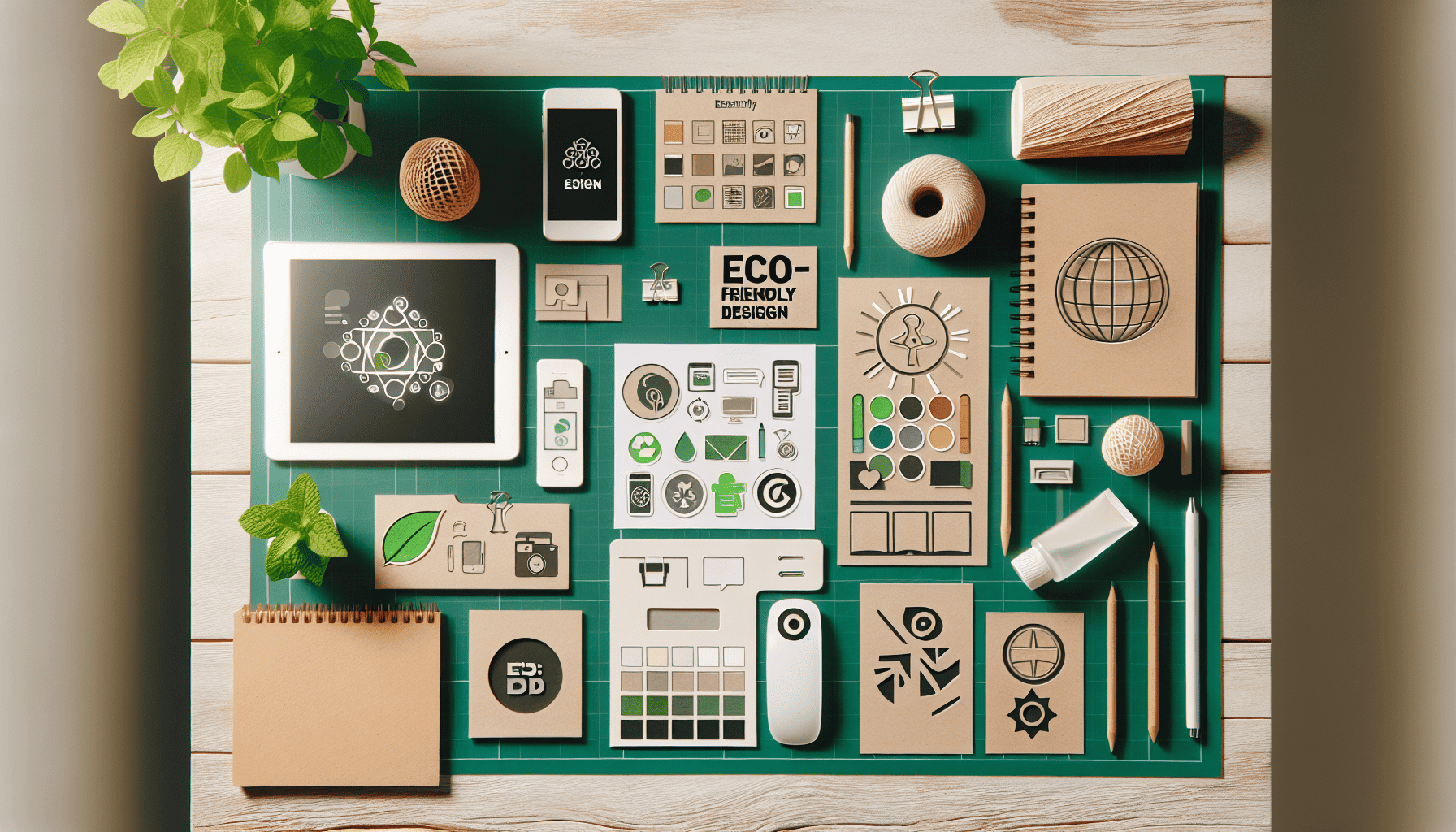Sustainability in design has become a pivotal focus for creators and companies worldwide. With growing concerns about environmental impact, designers are now tasked with harmonizing aesthetics with eco-friendly practices. Here's how you can create visually stunning and sustainable designs that leave a positive imprint on the planet.
1. Choose Sustainable Materials: The foundation of eco-friendly design lies in the choice of materials. Opt for recycled or upcycled materials that reduce waste and minimize the carbon footprint. For instance, use recycled metal, glass, or bamboo, which are not only sustainable but also offer a modern, stylish look. Organic fabrics like hemp or organic cotton can replace conventional textiles for a greener touch in fashion or interior design.
2. Embrace Minimalism: The minimalist design movement goes hand-in-hand with sustainability. By focusing on simplicity and functionality, minimalism reduces resource use and clutter. This approach encourages the use of fewer materials, which can significantly cut down on waste and energy consumption.
3. Implement Energy-Efficient Solutions: Incorporating energy-efficient components can greatly enhance the sustainability of your designs. Consider using LED lighting, energy-saving appliances, or solar panels. These not only reduce energy consumption but also lower utility costs, offering a financial benefit alongside environmental savings.
4. Design for Longevity: Creating products with longevity in mind reduces the need for frequent replacements and minimizes waste. Focus on quality craftsmanship and durable materials. Timeless designs that resist the ebb and flow of trends not only stay relevant longer but also encourage sustainable consumption patterns by extending the product lifecycle.
5. Integrate Nature into Design: Biophilic design, which incorporates nature into the built environment, can reduce stress and improve well-being while enhancing sustainability. This might include using natural elements like plants, natural light, and water features in your designs. Green roofs and vertical gardens are also excellent ways to bring nature into urban spaces, improving air quality and biodiversity.
6. Consider the Full Lifecycle: Sustainable design considers the entire lifecycle of a product—from production to disposal. Implementing a cradle-to-cradle design philosophy can help ensure that products are designed for disassembly and recycling at the end of their life. This approach minimizes waste and promotes a circular economy, where materials are continuously reused.
7. Use Digital Tools Wisely: Leverage digital tools and technology to reduce physical waste. Virtual prototyping and 3D modelling can help refine designs before committing to physical prototypes, saving materials and resources. Additionally, digital platforms can facilitate collaboration and feedback, streamlining the design process and reducing unnecessary revisions.
8. Educate and Inspire: Sustainable design is not just a practice but also a movement. Educating clients, consumers, and peers about the benefits of eco-friendly designs can inspire wider adoption and greater impact. Showcase your commitment to sustainability in your marketing and communications to reach a broader audience.
By integrating these eco-friendly design practices, you can contribute to a more sustainable world while creating beautiful, impactful designs. As the demand for environmentally conscious designs grows, those who innovate with sustainability in mind will lead the charge towards a greener future.
